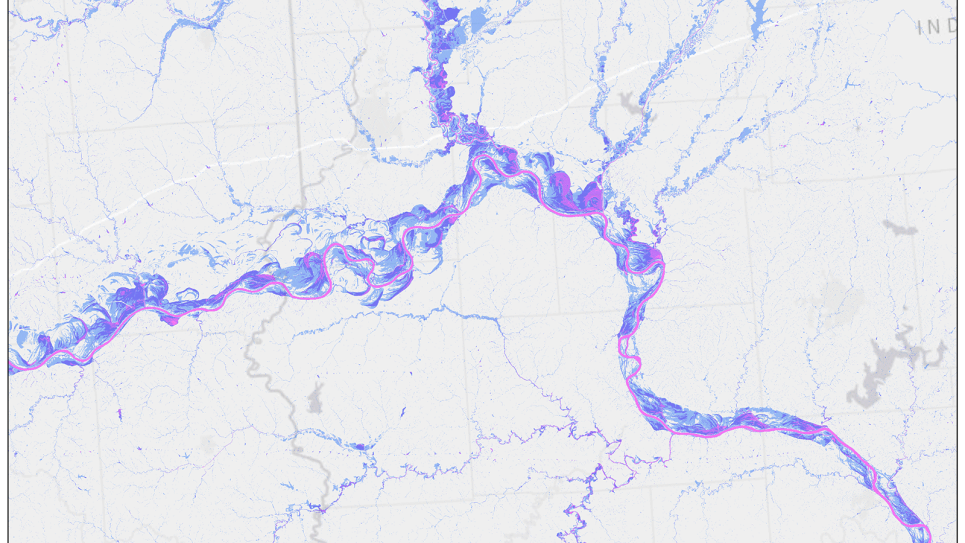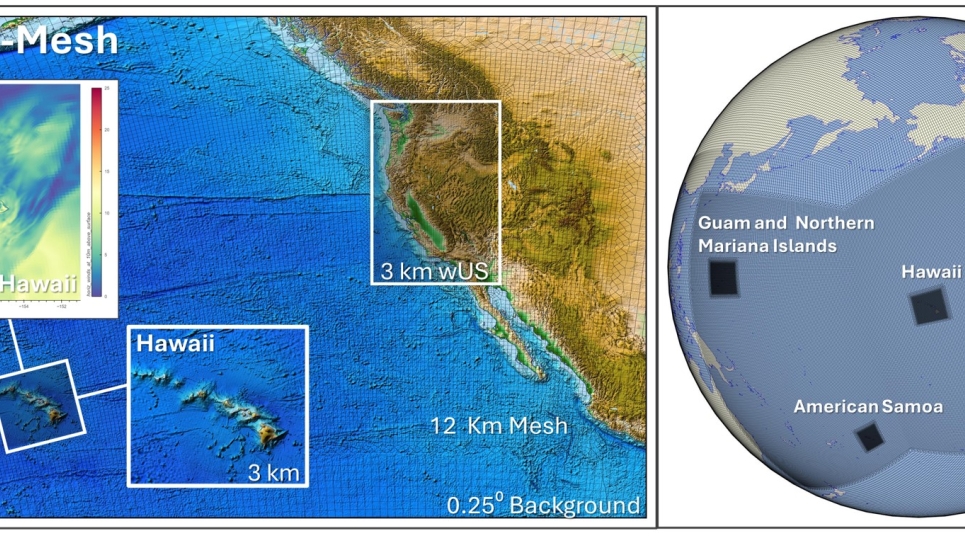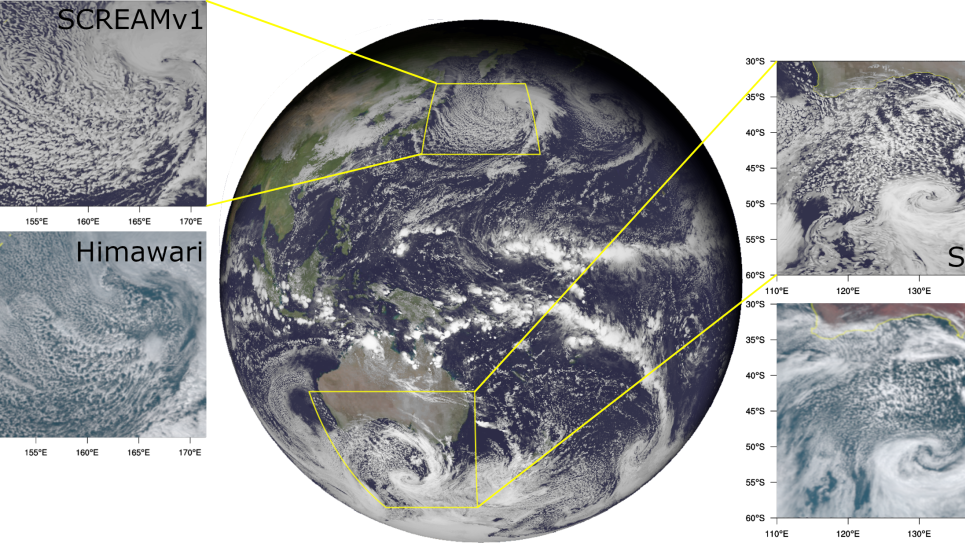Energy policy makers are using climate-science modeling data—generated from a project being conducted at the ALCF—to evaluate, and implement changes in national and international policies that directly impact the worldwide economy. Data from the simulations will be made available to the world’s climate change community through the DOE sponsorship of the SciDAC Earth System Grid (www.earthsystemgrid.org).
The INCITE project being conducted at Argonne’s ALCF—headed by Warren Washington of University Corporation for Atmospheric Research (UCAR)—will address the most challenging contemporary climate challenges facing the world. The overarching goal of the project is to advance the science of climate change. This requires further development of the predictive capability as well as reducing scientific uncertainties.
The Climate-Science Computational End Station (CES) is a primary mechanism that develops and deploys the Community Earth System Model (CESM, formerly called the Community Climate System Model, CCSM) for use in U.S. Department of Energy (DOE) and National Science Foundation (NSF) climate change research and simulation experiments. The CESM is the primary computational instrument, and requires the thousands of computational cores offered through the INCITE program to address the most challenging contemporary climate problems.
The CES is a coordinated DOE program for developing and deploying state-of-the-art coupled climate, chemistry and regional models in support of DOE’s energy and carbon mission as well as for input into national and international energy policy considerations. At its core, the CES provides capability tools and simulation frameworks needed to advance climate-change science and carry out a leading climate-science research project in conjunction with partners and sponsoring agency programs.
Climate scientists continue to design, test, validate, and install important physical model components into the CESM. These components improve the overall fidelity and accuracy of the simulations, and are used to perform ensemble simulations for statistically significant projections of potential climate changes in global, regional, and local environments. Energy policy makers request, and indeed require, climate science modeling guidance to evaluate, and implement changes in national and international policies which have a direct impact upon the worldwide economy.


